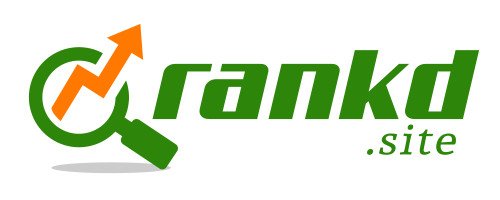Ever crave pizza and need to look up the number for your local shop online? If you search for “pizza”, did you get a list of joints halfway across the country? If your answer is “not lately,” then you’re experiencing the benefits of local SEO.
Fortunately for all of us, search engines recognize that the best answers for certain queries are local businesses. Sure, there are times you’re planning a trip and want to find gas stations and eateries along the route. But in most cases, you want to know what’s nearby.
By using your IP address and sometimes GPS, the major search engines can give you relevant answers. That’s true whether you add “near me” to your search or not.
Different Search Results
With a general search, you can find all kinds of information. You’ll also see a certain format to the search results page. But with local results, that changes entirely. You usually get a map and a list of the closest results to your location. This box is often called the “snack pack” or just the “pack.”
It includes names, addresses, and phone numbers along with website links. And if you’re on your phone, you can often call directly from the results page.
This provides a better user experience because all the information they are likely to want is right at their fingertips. And it’s possible because local listings are handled differently.
Make Sure Your Website’s Mobile-Friendly
It’s a given nowadays, but not so long ago mobile websites were a novelty. If you haven’t updated your site so that it’s mobile-friendly, aka “responsive,” it’s time. It’s essential.
Usability on mobile devices is a priority for ranking all websites now. But it’s especially true for local listings. After all, most searches looking for local results come while people are on the go.
You can use Google’s tool to find out if your site is truly mobile-ready. If not, we’d be glad to help you make updates.
Get Listed
The first step to ranking in local results is to set up Google My Business and Bing Maps. It’s free and easy to do. With this step, you can confirm your business location with the company. You can also add your website, hours of operation, phone number, and other details.
By doing this, you’re not necessarily ranking your website – but you are ranking your business. That, in turn, can point to your site or lead to direct visits and calls.
Before anything else, check to see if you’re already listed. Do you show up on the map? If so, you can claim the listing (there should be a link when you look at the business information).
Once you sign up, Google usually sends a postcard to your business address so you can confirm that you’re really there.
If you don’t have an actual store or office – for instance, if you provide a service at the customer’s site only – you can still sign up. There’s an option to hide the physical address.
Work With Citations
Citations are a fancy way of talking about your address and phone number. Be sure you have these on your website. Also be sure they’re correct in other places, as well. Browse review sites such as Yelp!, search engine listings, and other directories where your business appears. Make sure your social media profiles have complete and accurate details.
These help reinforce the existence of your business. They are also other ways people may find you online.
This can be especially important if you changed names, moved the company, or had to switch phone numbers.
On-Site SEO
Good old-fashioned website SEO helps, too.
Of course, that includes having proper citations for your business on your website. It also includes text content that talks clearly about the products and services you offer.
Brainstorm and do keyword research. For instance, if you’re a locksmith, you’ll want to think about many ways that people might search for you.
- Locksmith
- Broken lock
- Locked out of my house
- Broken house key
- Broken key
- Can’t get in my house
- Forgot my keys
These are just a few examples that you may want to work into your site’s text.
You also want to include references to the areas you serve. It’s good to include your locality in the URL of your pages, even. If you serve several locations – for instance, a cluster of small towns – you could have a landing page for each. These then become landing pages for people looking for your service in their area.
Get Positive Reviews
Most local search results, including on Google and Bing, allow for user reviews. Better reviews help pages rank higher in the snack pack.
Treat this as you would social media. Interact with the reviewer, whether it’s a positive or negative review. And always remember, this is in full public view.
Make Your Site A Resource
Another good way to rank well in general search results is to give people other reasons to find you. Add a blog and promote local events. A community calendar is one idea. “Top 5” lists also work. It’s also a good way of generating links from other sites. Any business would love to be listed among the best in your area, of course!
Like any type of SEO, local SEO is a combination of simple, common-sense steps and some more time-consuming processes. Before all else, make sure you’re listed on the maps and that all your information is accurate there and elsewhere. Develop a mobile-friendly website if you don’t already have one. From there, you’ll be well on your way to building a site when people in your area need you. Or even if they’re just craving a delicious meal!
